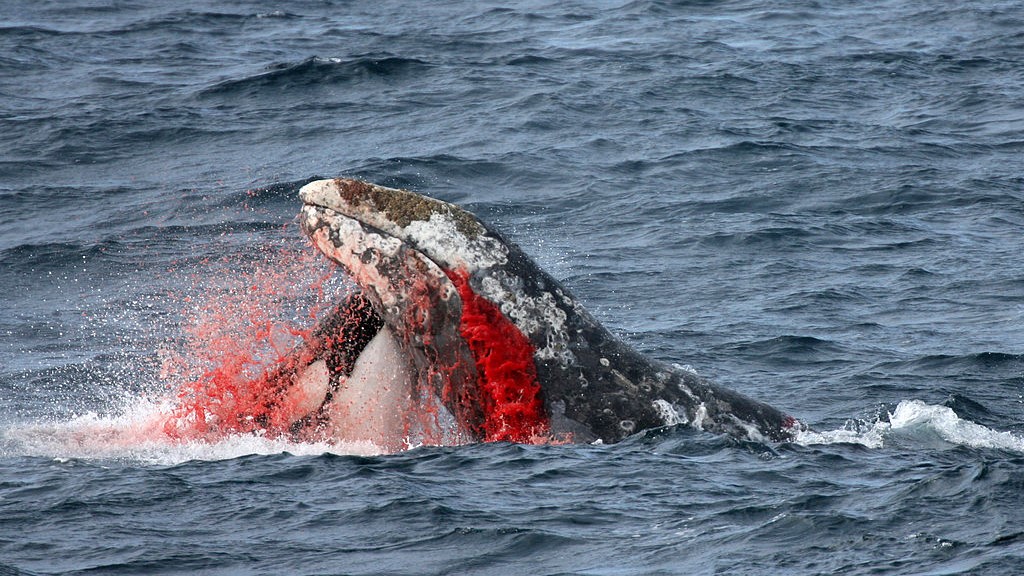Disaster Relief to Filmmaking: 4 Ways Drones Can Be Used for Good

NEW YORK — Military combat has become one of the more notorious uses for drones, but these robotic flyers can be valuable off the battlefield, too. In fact, drones could be used for a variety of humanitarian purposes, experts say.
Mike Senese, executive editor of Make Magazine, a publication that highlights DIY projects, presented some positive uses for drones this weekend at World Maker Faire here in Queens.
Here are four ways drones can be used for good:
Search and rescue parties
Drones equipped with infrared sensors are particularly useful for search and rescue missions. These autonomous aircraft can fly overhead and detect the heat given off by a missing person. [5 Surprising Ways Drones Could Be Used in the Future]
"It's like 'Predator' vision," Senese said, referencing the heat-seeking ability of the creature in the science fiction film "Predator."
Last year, a drone located a man who had been in a car crash in Canada, Senese said. Emergency officials said that without the drone, they would not have been able to find the man until the next morning, and by then he likely would have died because of the freezing temperatures. The In this case, the drone tracked the man's cellphone signal to locate him.
Get the world’s most fascinating discoveries delivered straight to your inbox.
A Texas-based company called EquuSearch is already using infrared-equipped drones in search parties. The company has approval from the Federal Aviation Administration to use the drones, but, in general, there are still many laws that need to be worked out for the regulation of commercial drones, Senese said.
Wildlife habitats and conservation
Scientists and conservationists are beginning to use drones to observe and monitor wildlife, Senese said. Drones are particularly useful in monitoring and studying remote areas, such as Alaskan forests, or largely inaccessible areas like deserts.
Scientists can use drones to collect several aerial images of these areas, and then use software to stich the various images together, creating detailed maps of hard-to-reach areas. The maps are possible because scientists can program drones to follow a specific flight pattern, Senese said.
"You can draw any kind of shape or pattern, and the drones will fly it," Senese said.
In Belize, officials use drones to monitor illegal fishing among the endangered reefs in the area. Elsewhere, some scientists hope to use drones to monitor logging in the Amazon and to track the movement of endangered species to protect the animals from poachers.
Disaster relief and disaster-area mapping
Sometimes it's impossible for people to reach an area that is flooded or burned until several days after the disaster.
"It's expensive and dangerous to go observe and map natural disaster sites," Senese said.
By the time an area becomes safe for emergency personnel to enter, it's sometimes too late to rescue any survivors. Drones, however, can allow emergency personnel to scan areas for survivors and help target the areas that need to be cleared first.
Scientists are now using drones to study areas like the Chernobyl exclusion zone – an area with dangerous radioactive contamination from fallout after the nuclear power meltdown in 1986 – to learn more about radiation effects without having to visit the sites themselves.
Typhoon Haiyan, which ravaged the Philippines last year, also provided a use for drones, Senese said.
"The footage gathered [in the Philippines] with drones — I don't want to say it's beautiful, because it's terrifying, but it gave us a look at the damage that would not have been possible without drones," Senese said.
Filmmaking
Drones also have potential artistic uses. The machines could make entirely new perspectives and angles possible in cinematography, Senese said. More and more drones can be outfitted with 3D-scanning cameras that allow them to perform increasingly complicated maneuvers.
"The cameras are like vision for drones," Senese said.
With these cameras attached, drones can navigate around obstacles and become even more reliable as autonomous crafts.
Follow Kelly Dickerson on Twitter. Follow us @livescience, Facebook & Google+. Original article on Live Science.



